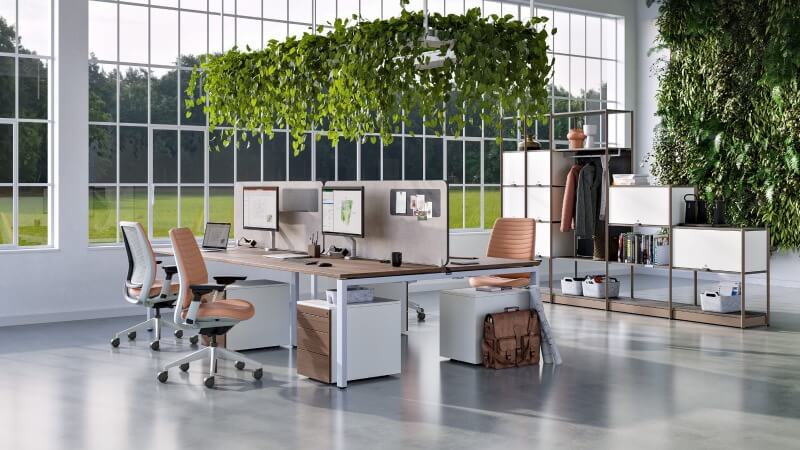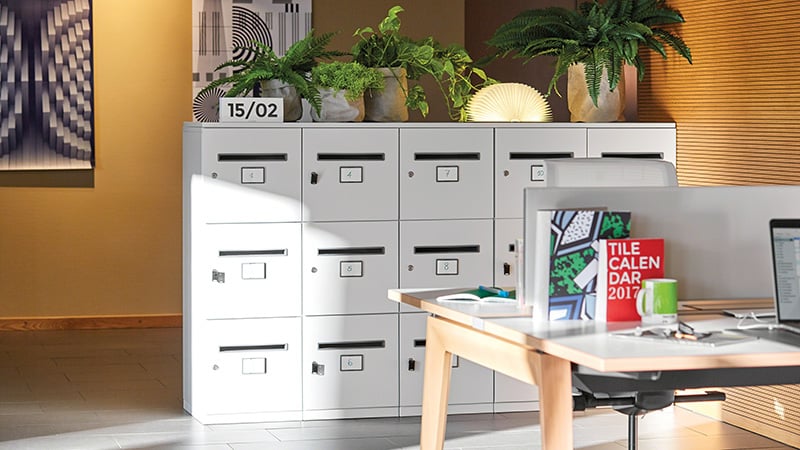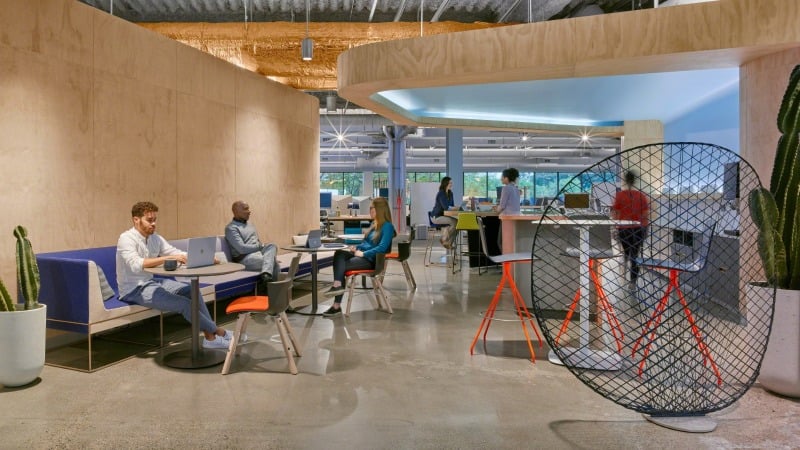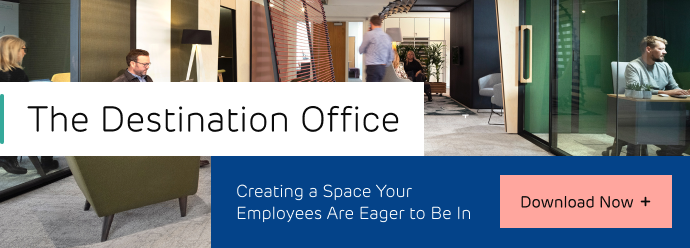The UK has seen a surge in flexible working models since the pandemic. Today, more than three-quarters of UK employers offer hybrid working. However, the question remains: How do employees feel about going back to the office?
Despite the office occupancy rate in the UK reaching its highest level since the pandemic, it's still less than half of what it was pre-pandemic. This indicates a 'tug of war' between employers' desire to get people into the office and employees' newfound love for remote work.
On the one hand, employers are pulling, eager to rekindle in-person collaboration, facilitate easier communication, and strengthen company culture. But employees are also pulling back, wanting to retain the flexibility and home comforts associated with remote work.
The office pull: why employers want workers back
From an employer's perspective, having workers physically present in the office offers several advantages:
- Enhanced communication and collaboration - Offices provide the perfect setting for spontaneous discussions, brainstorming sessions, and team collaboration, which can be more challenging in remote work.
- Easier oversight and performance evaluation - Physical presence allows managers to more readily observe employee work habits, productivity levels, and general engagement.
- Facilitating a strong company culture - Offices serve as the bedrock of a company's culture, fostering a sense of belonging and team spirit.
- Increased security and access to resources - Physical workplaces often provide better security controls and easier access to specific equipment or resources.
- Faster decision-making and problem-solving - With team members in one location, decisions can be made quicker, and issues can be addressed immediately.
- Improved employee retention rates - Research suggests that excessive remote work could reduce employee engagement and increase the likelihood of employees seeking better opportunities elsewhere.
The employee pull: why they might want to stay at home
While employers have their reasons, employees too have found benefits in working from home:
- Work-life balance - Working from home allows employees to create a distinct separation between their professional and personal lives. They can manage their work hours around their personal commitments, leading to a more balanced lifestyle, reduced stress, better job satisfaction, and improved overall wellbeing.
- Reduced commute - One of the most significant advantages of remote work is the elimination of daily commuting, saving time, stress, and the costs associated with travel.
- Flexibility - Employees can tailor their work environment to their preferences, whether that's a quiet room or a local coffee shop. They can also adjust their work hours to when they're most productive. This flexibility also extends to personal responsibilities, allowing employees to better manage their time between work, family, and personal interests.
- Increased productivity - Some employees find they're more productive at home, free from common office distractions.
- Better work-life integration - For some, the blending of work and life that happens when you work from home can be a benefit. They appreciate the ability to attend to home responsibilities while on a work break or the flexibility to adjust their work schedule to accommodate things like picking kids up from school.
This isn't to say workers don't want to be in the office at all…
That said, many employees see the benefits of working in the office and like getting into the office a few days a week.
For a start, having a distinct workspace can help employees maintain a healthy work-life balance. Getting out of the house and interacting with colleagues can benefit workers' overall wellbeing. And not everyone has access to a comfortable workspace at home. In the office, they have access to ergonomic workstations and other resources and tools they may not have at home.
Some workers appear more keen to come into the office than others, with leaders and younger workers tending to have more of a presence.
Steelcase research found 77% of Gen Z workers are working mostly in the office, compared to just 57% of Baby Boomers.
For Gen Z, it's the ability to build relationships and access better learning and career development opportunities that encourages them into the office.
The same Steelcase research also suggests employees who enjoy working from the office may be happier at work.
People who like working from the office are:
33% more engaged
30% more connected to culture
9% more productive
20% less likely to leave
These findings reinforce the idea that by changing the work environment and giving people what they need and want, organisations can encourage people back to the office and improve these outcomes.
Bridging the gap: giving employees what they want in a hybrid world
To encourage workers back to the office, employers need to understand and cater to their needs in a hybrid world.
So what is it that workers need?
An assigned workstation
In a hybrid world, employees value having a personal space in the office. Many employees would prefer to have their own workspace in the office, even if it means fewer days working from home. This personal space provides a sense of belonging and stability and allows employees to set up their work environment to their liking, enhancing productivity and comfort.

Space to put their things
Personal storage solutions like lockers or other dedicated storage areas can make the office feel more personal and comfortable. These spaces allow employees to store personal belongings, work materials, or even decor items that can make their workspace feel more like their own. This not only provides convenience but also contributes to a sense of ownership and belonging in the office.

A sense of community
One of the big advantages of office work is the opportunity for social interaction and in-person collaboration. These interactions can foster a sense of community and camaraderie among employees, enhancing team cohesion and morale. Regular face-to-face interactions can lead to stronger working relationships, improved communication, and a more vibrant company culture.

Access to amenities and services
Offices often provide amenities and services that are not available when working from home. These can include things like high-speed internet, ergonomic office furniture, professional-grade equipment, and communal spaces like kitchens or break rooms.
Some offices also offer services like on-site gyms, cafeterias, or wellness programs. These amenities and services can make the office a more attractive place to work, contributing to employee satisfaction and wellbeing.
Summary
The future of work lies in striking a balance between the benefits of the office and the comforts of home. By understanding and addressing employees' needs, employers can create a win-win situation in a hybrid world.










